New study indicates parts of Rocky Mountain forests to be slower or unable to recover from wildfires
COLORADO SPRINGS, Colo. (KRDO) -- The recent trend of warmer, drier weather in the West will make some wildfire recovery in southern Rocky Mountain forests more difficult, if not impossible, according to a new study.
Kyle Rodman, formerly a geographer at the University of Colorado and now at the University of Wisconsin, was lead researcher of the study released two weeks ago in the Global Ecology and Biogeography Journal.

"I grew up in Colorado Springs, so this work means a lot to me," he says.
The study finds that climate change is extending the duration of hot, dry weather that is increasing wildfire frequency and intensity, causing more areas of forests to have trees destroyed.
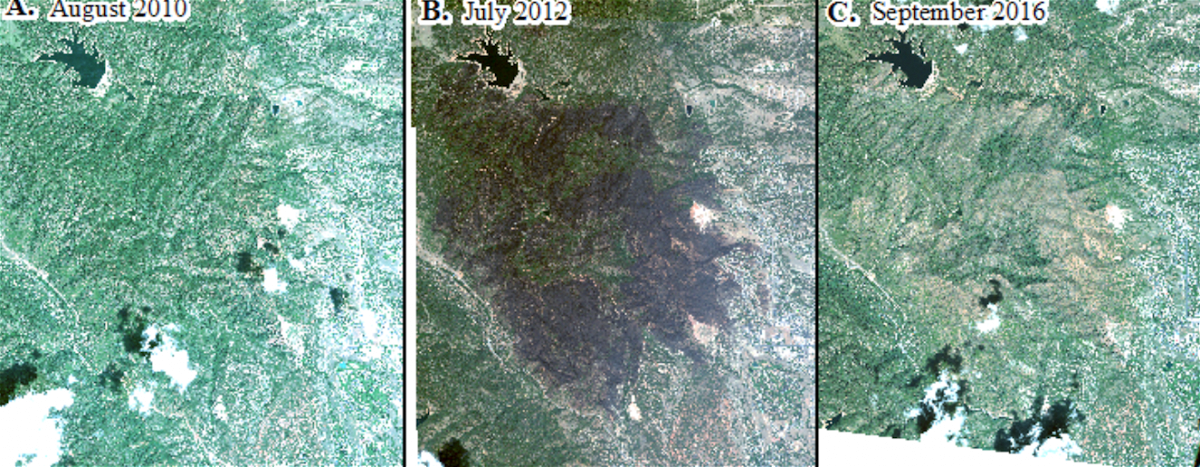
Rodman says the same weather pattern makes it more difficult for trees to be replanted or to produce seeds that can grow into new trees.
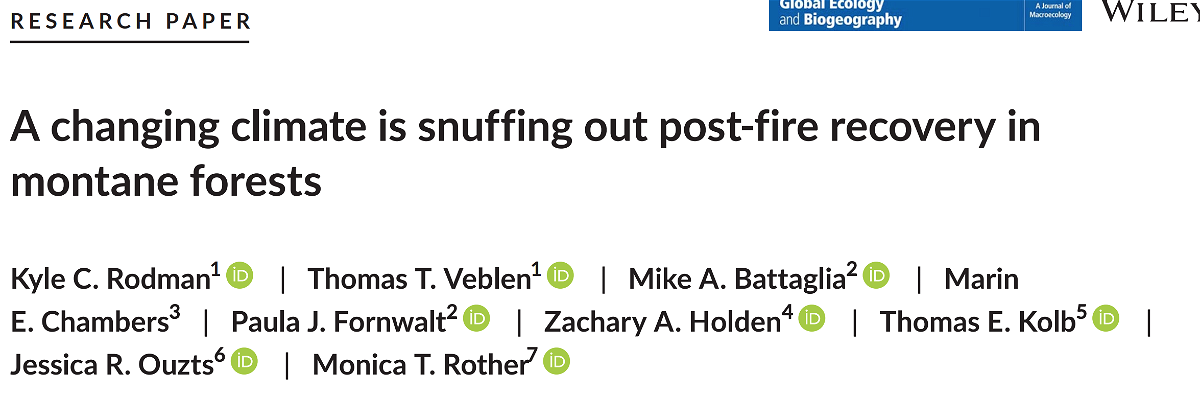
"Not all forests are exactly the same," he says. "Some have a mixture of warmer, drier areas and cooler, wetter areas at higher elevations. The cooler, wetter areas have a better chance to recover from wildfires. The warmer, drier areas with more fire damage may not ever recover and instead, over time, gradually change into areas of grasses, shrubs or different kinds of trees such as aspen."
Ponderosa pine and Douglas fir are the tree species most affected by the situation, Rodman says.
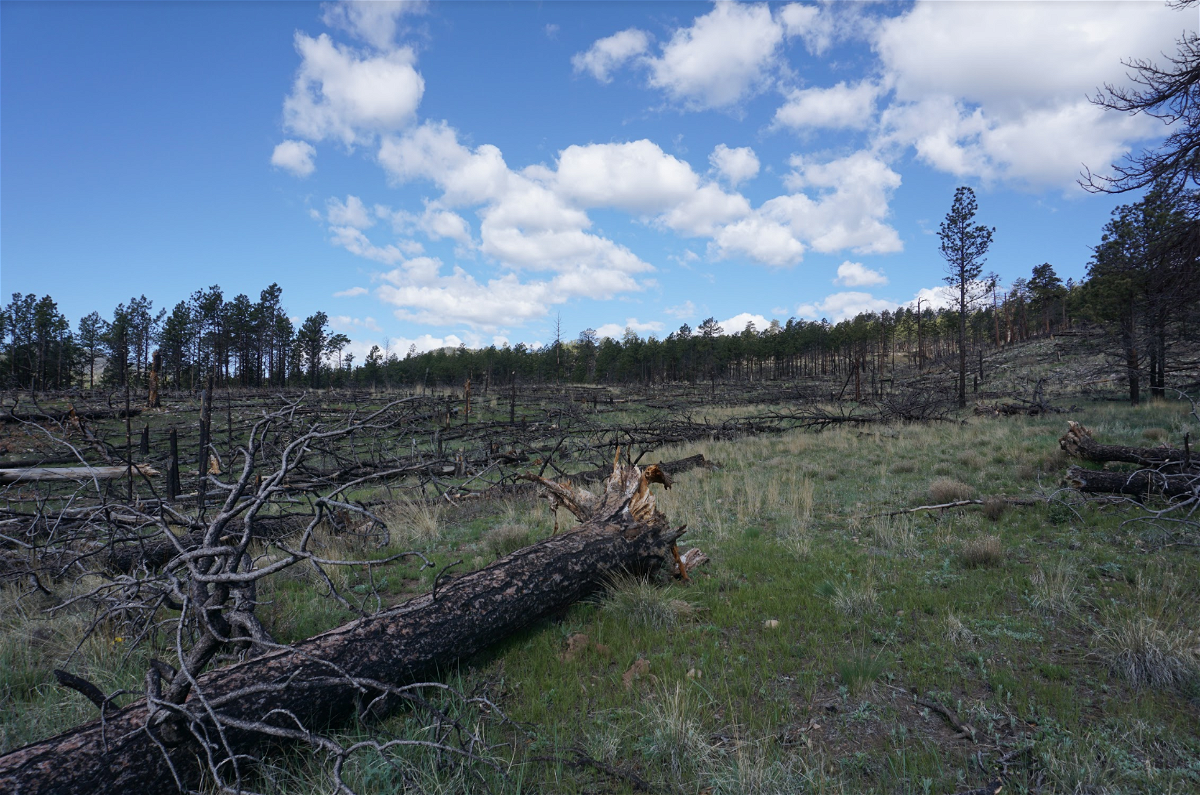
The study covers 22 wildfires occurring between 1988 and 2010 along Colorado's Front Range, southern Wyoming and northern New Mexico. Included in the 2002 Hayman Fire in the Pikes Region which, until this summer, was the largest fire by acreage in state history.
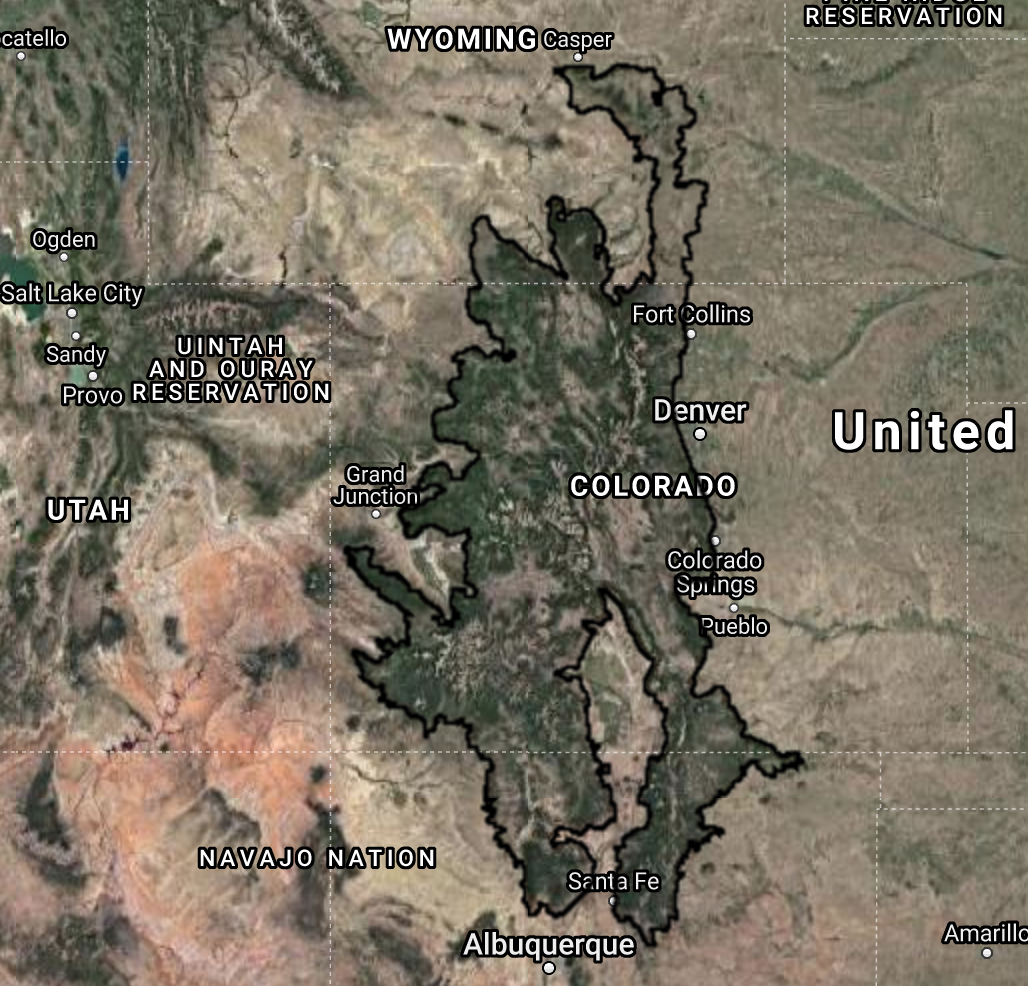
The 2012 Waldo Canyon Fire and the 2013 Black Forest Fire aren't included because they haven't had adequate time to re-establish trees and produce seeds.
"But I think the recovery we're seeing on those areas is on par with what we found in the study," Rodman says.
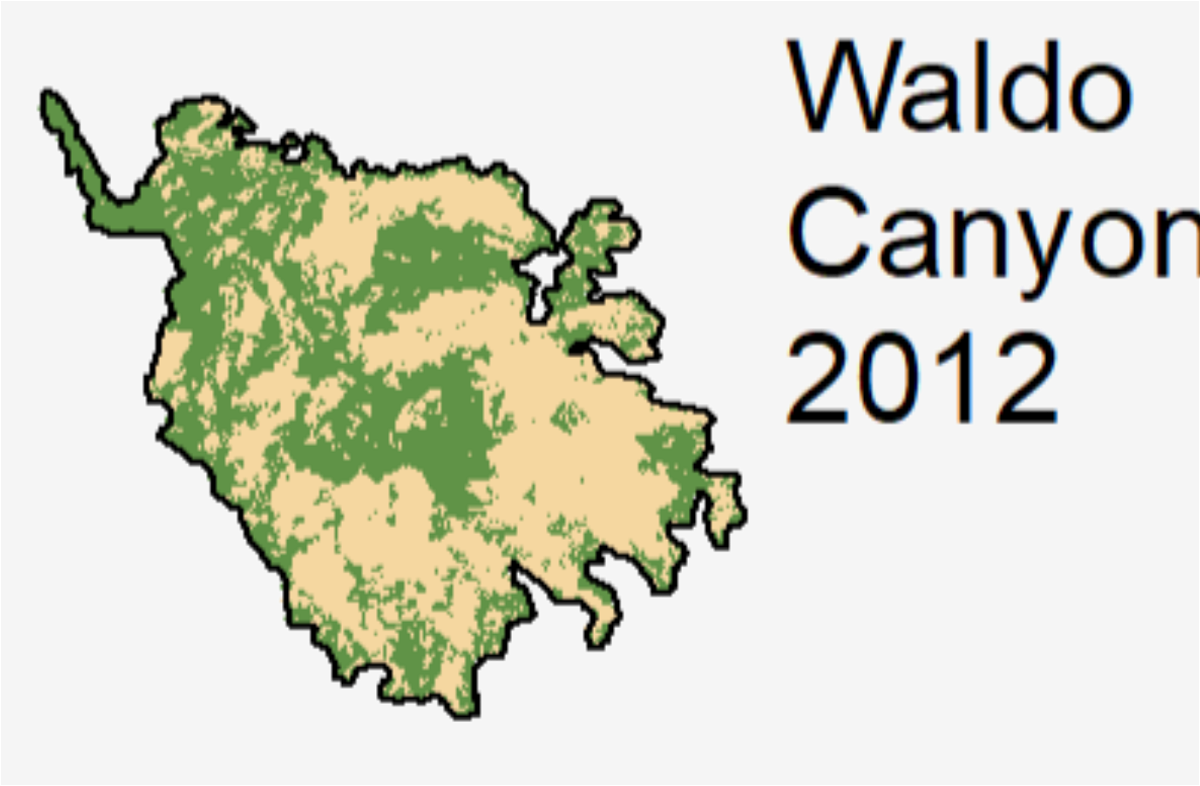
While most forest recovery and restoration will happen slowly and naturally, Rodman says humans can help by planting more trees in cooler, wetter forest areas and spreading seeds there.
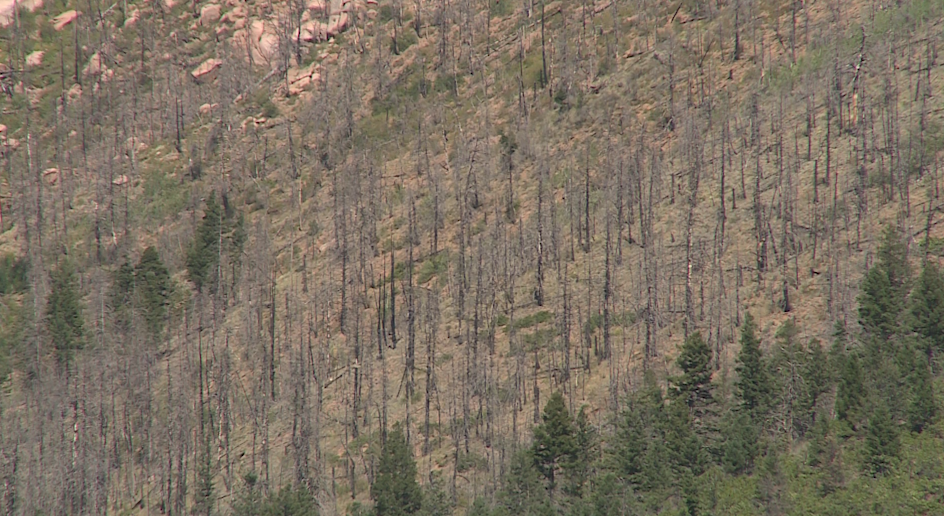
"We hope to use this study, which is based on some previous studies, to help us determine in the future what will happen with forest recovery," he says.
Melanie Vanderhoof, of the U.S. Geological Survey in Denver, finds the study results interesting and informative.
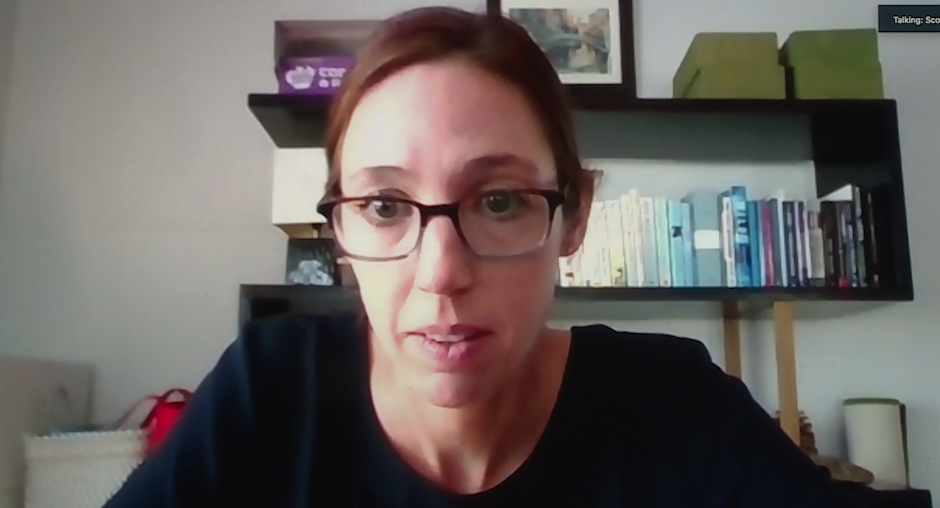
"It does seem like there are parts of California and the Northwest where regeneration shows very little change over time," she says. "So this does, right now, seem to be a problem that is most concentrated in the southern Rockies."
Rodman says climate change has contributed to a 30% to 50% reduction in tree suitability in the areas covered by the study.
